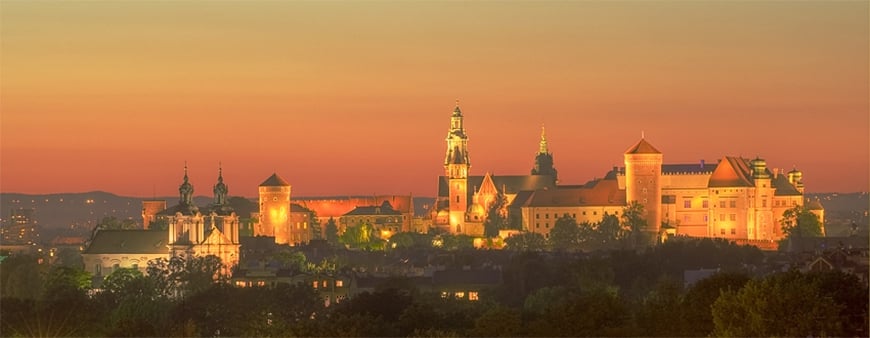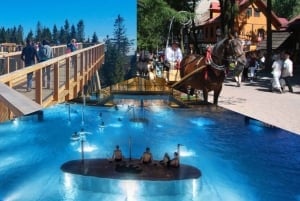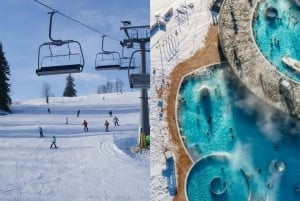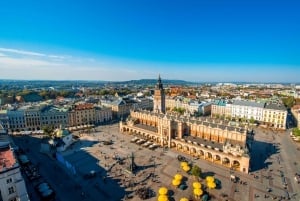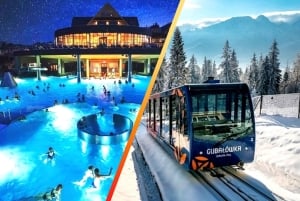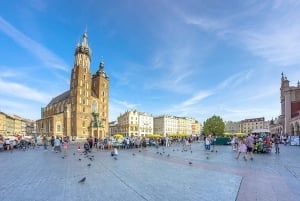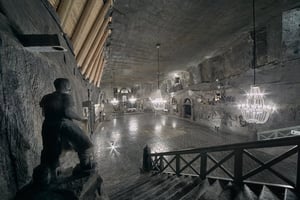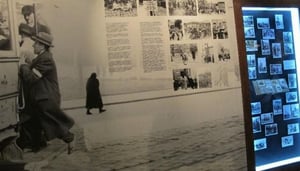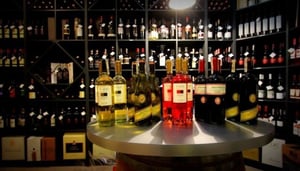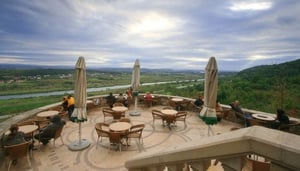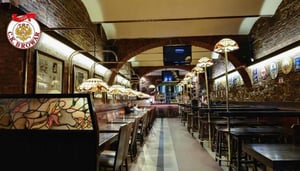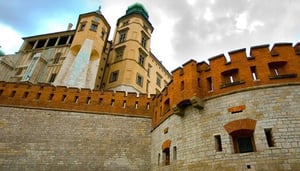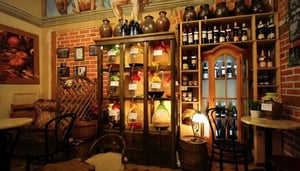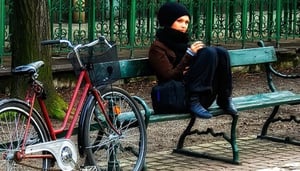Krakow Regional Information
Poland
Sitting almost exactly in the middle of Europe, heart-shaped Poland has many times been referred to as the "Heart of Europe". Modern Poland is the 9th largest country in Europe and has a population of nearly 40 million people. Poland has borders with Germany (to the west), Czech Republic (Prague) and Slovakia (to the south), Lithuania, Belarus and Ukraine (to the east), with the Baltic Sea and the tiny Russian exclave of Kaliningrad as northern boundaries.
Poland has a long and varied history, recording both great triumphs and humiliating occupations – for a time from the 15th to nearly the 18th centuries, the Polish Commonwealth was one of the wealthiest, largest and most powerful in Europe, featuring constitutionally elected kings. However, when this came to an end it was to such an extent that Poland ceased to exist as a nation-state until after the end of the First World War. Sadly, this Second Polish Republic was to last a mere 20 years until a certain A. Hitler strolled in on September 1st 1939.
Although nominally independent from 1945, Poland only became a free democracy with the fall of communism in 1989. Since then, extensive efforts, coupled with Poland’s gaining membership of the EU in 2004, have been made to modernize and renovate, with Poland’s cultural and artistic capital – Krakow – at the forefront.
Krakow
Although Warsaw is Poland’s administrative capital (and its largest city). Krakow is considered Poland’s second city and pre-eminent in the fields of academia, arts and culture. Krakow survived the second world war largely unscathed, leaving its Old Town as a jewel of medieval architecture. Krakow is capital of the Malopolska, or Lesser Poland, region situated in the south of Poland.
With early settlements in the region dating back to prehistoric Stone Age times, Krakow is one of the oldest cities in Poland (although it was not to gain official city status until 1257) and for many years was Poland’s capital until replaced by Warsaw in 1596. Considered one of the great European cultural centres, Krakow’s Old Town was one of the first sites to be added to the UNESCO World Heritage List in 1978, and was European City of Culture in 2000.
Situated on the banks of the Vistula river, Krakow has a population of three quarters of a million and an area of 327 square kilometers. Home to several universities, including the world famous Jagiellonian University founded in 1364 and one of the oldest universities in Europe, Krakow has a considerable student population during the academic year including substantial numbers of overseas students. Krakow’s Main Market Square, or Rynek, is the largest medieval market square in Europe. Krakow is surrounded by several nature reserves or national parks that offer beautiful countryside within a few minutes’ travel of the city centre.
As the third biggest city in Poland after Warsaw and Lodz, Krakow has considerable economic importance for the country as a whole as well as the region. A number of multi-national corporations have offices there, and the giant steelworks in Nowa Huta, while producing a fraction of their former output, still remain one of the major employers. Krakow is also an important and growing centre for IT-based companies.
Another claim to fame for Krakow is its former archbishop, Karol Wojtyla, who went on to become the late Pope John Paul II, and who is widely credited as being one of the significant influences in bringing an end to communism. In a strongly catholic country, John Paul II is widely revered throughout Poland, and his successor, Benedict XVI, was quick to make Krakow one of his first destinations upon assuming the papacy.
Destinations in the Region:
The Tatra Mountains, part of the Carpathian chain, act as a natural border between Poland and Slovakia and are very popular with skiers, mountaineers and walkers. The principal town is Zakopane, a popular ski resort.
Some 60 km south west of Krakow is Oswiecim, home to the Nazi concentration camps of Auschwitz and Birkenau. They have been preserved as a memorial to the horrors that took place there, and the surviving prison blocks are now a museum. It is a UNESCO World Heritage Site.
Wieliczka Salt Mine, in the small town of Wieliczka 12 km south east of Krakow is an immense system of underground tunnels and mine workings. There is a museum down there and an awe-inspiring giant underground chapel with elaborate religious carvings in the salt by the miners and even chandeliers made purely from salt crystals.
Tyniec, about 15 km west of Krakow centre along the Vistula, is an 11th century Benedictine monastery perched atop a rocky crag. The Benedictine monks have become extremely proficient at producing a vast range of gastronomic delicacies, based on their traditional recipes. You can take a leisurely guided boat trip from Wawel to Tyniec, stopping there for an hour and then returning. It’s also a popular destination for unfit cyclists, as there’s dead flat dedicated cycle path (nearly) all the way.
To the north of Krakow lies Ojcow National Park, which features beautiful scenery, plunging gorges and dramatic castles clinging to cliff edges.
Other popular destinations in Malopolska include Tarnow (reputedly the hottest place in Poland with average summer temperatures of 30ºC and mild winters), Nowy Sacz, which features the second largest rynek or market square in Poland after Krakow’s, and Wadowice, birthplace of the late Pope John Paul II and now a pilgrimage destination.


